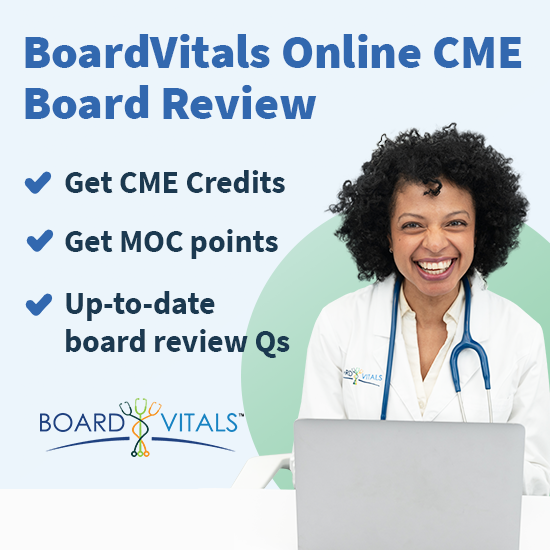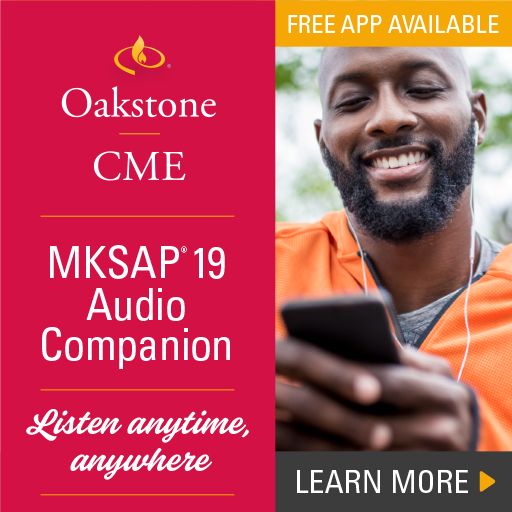
The American Medical Association (AMA) assigns CME credits for physicians in different categories. Category 1 CME focuses on education for a designated specialty content area. Requirements are set forth by your specialty board and by each individual state. These requirements can be completed in the form of lectures, conferences, and online programs.
AMA PRA Category 1 Credit™ is commonly recognized as one of the metrics for verifying a physician’s participation in continuing medical education (CME) activities. Below, we will highlight AMA PRA Category 1 Credit™ as well as the other CME credits that physicians can earn.
How Can Physicians Earn AMA PRA Category 1 Credits™?
This credit is earned through participation in sponsored events and completion of all requirements for the activity. You can ensure an activity has been certified for AMA PRA Category 1 Credit™ by visiting the Accreditation Council for Continuing Medical Education (ACCME) website.
What type of content may be certified for AMA PRA Category 1 Credit™?
The content of all activities certified for AMA PRA Category 1 Credit™ must meet the AMA’s definition of CME. Meaning, physicians must partake in educational activities that serve to maintain, develop, or increase the knowledge, skills, and professional performance and relationships used to provide services for patients, the public, or the profession.
Accredited CME providers may certify nonclinical subjects (i.e. office management, patient-physician communications, faculty development) for AMA PRA Category 1 Credit™ as long as they are appropriate to a physician audience and benefit the profession, patient care or public health. However, CME subjects without scientific evidence or general acceptance among the profession that supports their efficacy and safety, cannot be certified for AMA PRA Category 1 Credit™.
What activities are not accepted for AMA PRA Credit?
CME credit may not be claimed for learning which is incidental to the regular professional activities or practice of a physician, such as learning that occurs from clinical experience, charity or mission work, surveying, serving on a committee, council task force, board, house of delegates or another professional workgroup. Other examples include:
- Activities produced by proprietary entities such as pharmaceutical companies, medical device manufacturers, or their agents.
- Enduring materials for which the term of approval has expired.
- Activities that teach or promote therapies that are determined by the Commission on Continuing Professional Development (COCPD) to be dangerous or proved ineffective.
What is the difference between AMA PRA Category 1 Credit™ and other CME credits?
While AMA PRA Category 1 Credit™ is one of the most common ways physicians can earn CME credits, it’s not the only way.
One such way to earn CME credits is with the American Academy of PA’s or (AAPA). Obtaining AAPA Category 1 CME credit adds value and improves the marketability of any CME activity. AAPA is the national organization that advocates for all PAs and provides tools to improve PA practice and patient care. AAPA boasts national recognition and represents a profession of more than 115,500 certified PAs across all medical and surgical specialties.
Another CME provider is the American Academy of Pediatrics (AAP). The mission AAP is to attain optimal physical, mental, and social health and well being for all infants, children, adolescents, and young adults. AAP accomplishes this mission by supporting pediatricians who seek additional knowledge about their practice so they can improve in patient care.
Lastly, physicians certified by The American College of Emergency Physicians (ACEP) must complete 150 hours of CME every three years for continued membership. Sixty of the 150 hours must be ACEP Category I Credit. Physicians may earn these credits by attending approved live meetings, enduring materials or approved online activities.
ACEP categories are parallel with those required by the American Medical Association Physician's Recognition Award (AMA PRA). However, the primary difference is that while the AMA accepts educational activities across the broad range of medicine, ACEP accepts only activities related to those aspects of medicine which are directly focused to the needs of emergency physicians.
Where to find CME resources online.
BoardVitals is a leading provider of AMA PRA Category 1 CME credits for physicians. They offer an online self-assessment question banks that allow physicians to earn up to 100 AMA PRA Category 1 Credit™ hours in less than a day.
Among these offerings, their question banks are written and reviewed by doctors and specialists who have recently taken each exam. These questions are then accompanied by detailed explanations and references for a more comprehensive understanding of broad topics.















